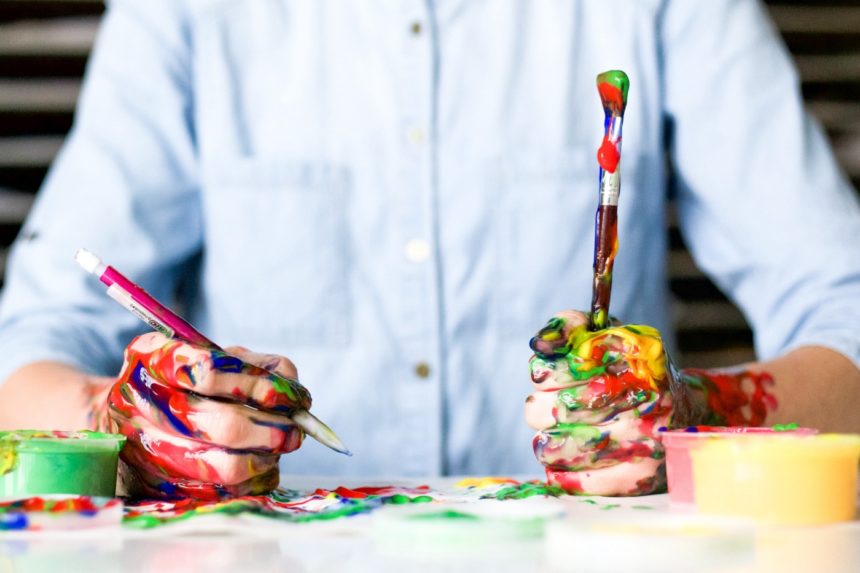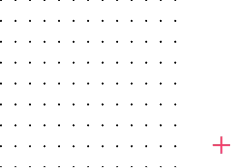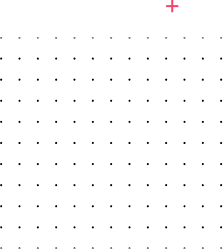Feeling Uneasy? Try out MAKE

MAKE is an art subscription box that helps you improve your emotional intelligence. Co-Founder Melisa Leñero is on a mission to make creativity the new mindfulness.
How did MAKE come about?
We strongly believe that art is a powerful tool that helps us to understand ourselves better and the act of creation provides an individual experience that have positive effects on our mental health.
Nowadays, with how technology is transforming our society, we believe that creativity is the foundation of building our emotional intelligence, a skill that is currently undervalued. We need to make creativity the new mindfulness, reconnect with what makes us humans and glorify the inner power found in each of us. We have to be makers, not takers.
What is MAKE and what is the market potential?
MAKE, is an art subscription box that helps you improve your emotional intelligence. From a commercial perspective, we’re confident in the growth potential because it lies at the intersection of three growing market trends:
- Growth of wellbeing sector. The wellbeing sector is growing at twice the speed of the rest of the economy.
- Rise of subscription boxes. Royal Mail predicts subscription boxes in the UK are likely to grow by 72% from 2017–2022.
- The proliferation of voice-assisted technology.
The proposition will change in the next couple of months as we continue to test and iterate, but we’re convinced the market alone is large enough for a high-growth company to be built in the space.

What makes MAKE different from other players in the market?
MAKE has three key differentiators over competitors:
- Evidence-based approach. Our method is evidenced-based and backed by researchers from the LSE. In fact, Paul Dolan is a co-founder, and head of the Behavioural Science department at the LSE. He literally wrote the book on how we can lead happier lives.
- An engaged community of Makers. Unlike others subscription boxes, our community of makers create highly visual, meaningful content. We are fostering an engaged community who will share highly visual content with each other. This approach is advantageous, since we may be able to build a moat around network effects.
- Personalisation. We tailor each box for each user so that we can provide an intimate experience every time. Through careful assessment and gathering feedback on previous sessions, we can make sure the box contains the right materials for them. Similarly to how Gusto learns what sort of food, and recipe you like, we will learn the sort of mood and exercises that work for you.
What has been the biggest challenge so far?
Generally speaking, the biggest challenge is deciding when and where to allocate scarce resources; time, money, attention. Most days talking to customers, and improving the product are top priority. But, there are times when business development activity, partnerships or growing the team must be the number one priority.
Our current challenge is defining our Go-to-market strategy. Importantly, we’ve already validated there is some appetite for the product evidenced by early sales, however to be most resource efficient, we need to identify the characteristics of a person who can derive the most value from MAKE.
What have you found most surprising so far?
There are two unexpected learnings which have really stood out:
Firstly, we never realised how many people already understand the benefits of creative activity as mindfulness. A number of people we’ve spoken to, already use art as a relaxation tool, albeit in less systematic ways. It seems there is a burgeoning community of hobbyist artists, who see value in the process of creating, not solely the output.
Secondly, art therapy is particularly effective for people who have suffered a brain injury e.g. stroke. MAKE isn’t a medical device — but, it’s invigorating to see how our proposition may genuinely improve people’s lives from a more pathological perspective.
What’s next for MAKE?
The immediate next step is to think about how we can make improvements for the second batch of boxes. Delivering the first batch already taught us a few lessons on how we can improve the process, for example, improving the packaging and the audio guides to make it more effective for customers.
In the next few months, we’ll also look to close a pre-seed round. We’re really pleased to have secured our first investment. Fundraising will enable us to ramp up the number of boxes we can deliver and invest more resources on improving the product and driving up the Net Promoter Score.
Pre-order a box at beamaker.co and follow @beamaker on Instagram
Join the Zinc community
Stay up to date with all Zinc updates and future posts as part of our fast growing community.
Featured Resources
Impact Report 2023
We started Zinc with the hypothesis that missions are an effective way to attract highly ambitious, talented and experienced groups of innovators, who might not recognise themselves as “classic entrepreneurs” but are ready and able to start a new commercial and successful venture to tackle some of our most pressing societal issues.
The world has overcome the sorts of challenges we face today when it has adopted a mission-based approach to the biggest problems and brought together world-class talent to invent and innovate, e.g: NASA and landing a man on the moon, the LSE blueprinting the British welfare state, or the Gates Foundation aiming to eradicate diseases.
On this basis and assumption, we designed Zinc as a new mission-based Venture Builder — a place where global talent, ‘impact makers’, can join to experiment and develop new solutions to our most pressing societal issues.
To Eliminate Environmental Threats to Our Health
Environmental health threats pose a grave danger to human health and well-being, causing suffering to individuals and communities worldwide. These threats, which include chemical pollution, climate change, and biological hazards, cause acute and chronic diseases and exacerbate existing health conditions.
To protect those we care about, we must tackle the causes of environmental degradation, shield people from the consequences of environmental harm, and, where protection fails, we must mitigate the health impacts they suffer.
This demands action to improve all aspects of our environment: soil, food, air, water, and the built environment. It requires us to focus on every aspect of human health to reduce suffering.
Entrepreneurship and technology are powerful means to tackle these challenges. That’s why we are backing 70 founders to build innovative companies addressing this mission.


